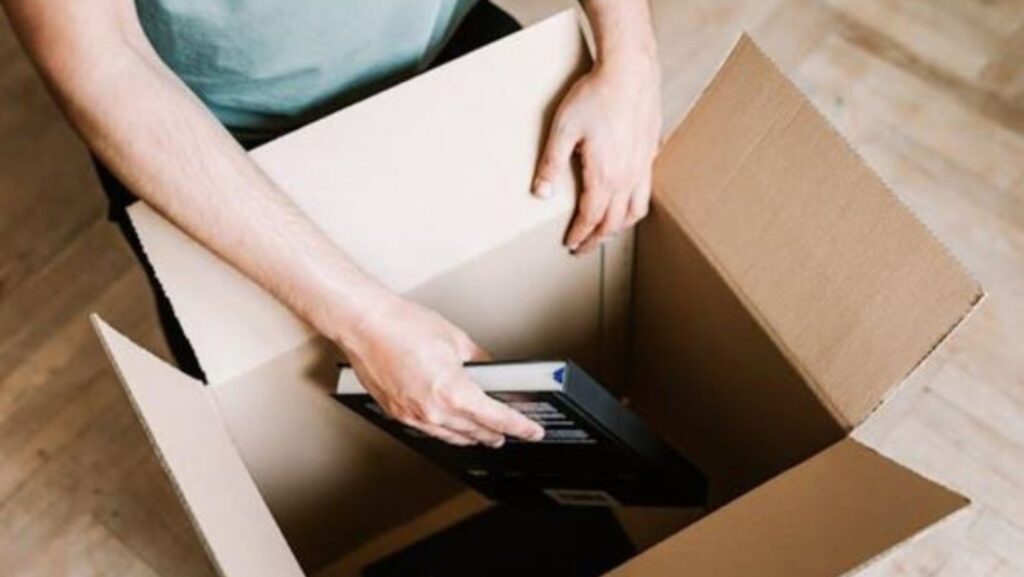Moving a product-based business has the charm of juggling bowling pins on a tightrope: one small misstep, and something crashes. Orders keep coming in. Shelves remain full. Boxes need packing. Customers expect what they’ve ordered. It’s a tricky equation, but with planning and a few odd tricks, it’s possible to pack a product-based business for a move without flipping the entire operation upside down. The important part? Keep the engine running while you’re changing the tires.
Inventory With a Pulse
Before even thinking about boxes and labels, you need a live view of your inventory. Not static numbers on a spreadsheet – real, moving, breathing data. What’s selling fast? What hasn’t moved in three months? What’s halfway to expiration or nearly obsolete?
You can’t pack everything at once. That’s the first rule. Prioritize based on speed. Fast-selling items stay accessible. Slow movers go in first. Think of your stock like a marching band: some parts lead, others follow. If you try to move the tuba section before the drummers, chaos follows.
This is also where businesses that benefit from self-storage get a rare advantage. If you’ve got racks of off-season items or bulk inventory that won’t sell for months, move them to a storage unit now. It opens up valuable space, lowers the clutter, and makes active inventory easier to manage during the move. The fewer decisions you have to make mid-pack, the better.
Split inventory into two zones: active and passive. The active stays operational. The passive gets boxed. As orders come in, they pull from the active zone. Once the passive inventory is moved and organized at the new place, you rotate. And yes, that means working in two places at once – briefly.
Labels That Talk Back
You will be sick of labels. You’ll dream about them. But those sticky rectangles are your best ally. They aren’t just for boxes – they’re for sanity. Label everything like it’s going to court and needs to defend itself.
Don’t settle for “Tools” or “Products A–L.” Be exact. “3/8-inch foam wrap – shelf B2” says much more. The goal is zero guesswork when unpacking.
And don’t just label what’s in the box. Add where it came from and where it’s going. If it sat under the counter next to the window in the packing room, say that. That detail will matter when you need that one weird tool you never use – until you do. Boxes should feel less like mysteries and more like open books.

Orders Are Hungry – Feed Them
Your customers don’t know you’re moving. Or if they do, they don’t care. They clicked, paid, and now expect their items to arrive. The show must go on, even as shelves collapse behind the scenes.
This is where buffer stock saves the day. If space allows, build a week’s worth of fulfillment inventory and don’t touch it while packing. It’s your emergency lunchbox. When things get chaotic, that stash keeps the fulfillment line running.
Shipping supplies are sacred. Don’t box them. Don’t reduce them. Double them if needed. You can pack everything else into oblivion, but if you run out of tape or bubble wrap mid-move, the whole engine stalls. Remember: fulfillment doesn’t pause. It breathes, eats, and has feelings. Treat it like the needy pet it is.
Communication Isn’t Just Polite – It’s Strategic
Let customers know there may be a delay, even if you plan to avoid one. Transparency buys grace. Surprises earn refunds. Post a banner on your site, update auto-emails, and give realistic timelines. Internal communication matters just as much. Team members need to know what goes, what stays, and who’s driving which part of the process. If there’s confusion, it spreads. Fast.
Every hour of packing without a plan leads to two hours of unpacking confusion. Speak early. Speak often. Make sure everyone’s speaking the same language, even if it’s just code for “Don’t touch that bin.”

The Awkward Middle Phase
There’s a strange moment during any business move when everything is halfway packed, but nothing feels settled. This is the swamp zone. Productivity feels slow, boxes are everywhere, and everyone’s patience is thinning. It’s also the moment when mistakes happen. Orders get misplaced. Inventory vanishes into mystery boxes.
To avoid this, freeze part of your store if needed. Pause specific products. Focus on high-margin or low-effort items that are easy to fulfill during the mess. Don’t keep everything active just to maintain appearances. A streamlined offering during a move is smarter than a scattered one.
Right around this phase, the keyword pops into focus again: pack a product-based business for a move, which means threading the needle between motion and disruption. The art is in the balance. And sometimes that means pulling the plug on 10% of your store, just to keep the other 90% humming.
Tech Doesn’t Move – It Teleports
Before packing a single cord, clone your digital systems. Back up everything. If you’re using order management software, test it on mobile. That way, even if your main office router goes dark, the system doesn’t. Here’s the thing: cloud-based tools will save your sanity. But only if you set them up before the move, not during. The worst move-day sentence is: “Wait, where’s the login again?”
If you’re still using spreadsheets and clipboards, consider this your gentle nudge: maybe upgrade now. Or don’t – but make twenty paper copies and tape them to everything that breathes.
The Unpacking Isn’t a Reverse
Unpacking is a different beast. Don’t treat it as a mirror of packing. You’ll need to rethink your layout, shelf order, and workflow based on the new space. Maybe the packing table is better near the exit now. Maybe the return shelf moves to the back.
Take photos of your old setup. But don’t be too loyal. Your new layout can fix the odd quirks of the last one – like that one shelf that always wobbled, or the outlet that never worked. Instead of rushing to restore the old normal, take a beat. Ask yourself if this is the time to improve things. Even a 5% layout improvement can mean 5 fewer steps per order. Multiply that over a year, and it adds up to real-time saves.

Hiccups, Breaks, and Strange Surprises
Something will break. Something will disappear. And at least one order will end up delayed. That’s just the tax for moving a living, breathing business. The trick isn’t avoiding problems – it’s minimizing the mess they cause.
Have someone on customer response duty every day of the move. Even if orders stay on time, questions will fly in. A real human replying with clarity can defuse most situations in under three lines of text.
And finally, take notes. You’ll move again someday. Future-you will be thrilled that past-you wrote down which parts worked and which ones caused headaches.
Pack, Move, Ship, Repeat
So, how do you pack a product-based business for a move without disrupting orders? You plan. You split your inventory. You are labeled like a librarian with insomnia. You talk to your team and your customers. And you accept a little bit of weirdness.
Because weirdness is built into the process. Moving isn’t clean. It’s full of dust, half-taped boxes, and missing scissors. But with structure, focus, and a few clever tricks, the machine keeps running.
And the orders keep going out. Even while the shelves shift and the address changes.



